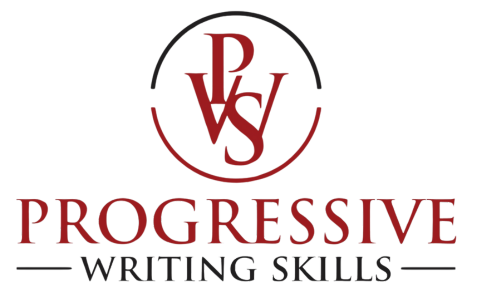According to Holacracy.org, Holacracy is a comprehensive system for organizing, leading, and operating a company. It replaces traditional hierarchical management with an innovative power distribution technique, fostering rapid development in core processes.
Zappos, an online footwear and clothing retailer, has adopted holacracy, eliminating bosses and top-down management. Instead, employees are organized into groups for specific tasks, replacing bureaucratic structures with a holistic approach. Tony Hsieh's experiments at Zappos have turned it into a laboratory for overcoming organizational challenges, enhancing employee satisfaction, and encouraging innovation.
Since 2004, Zappos has attracted engineering talent and is now experiencing a technical migration to Silicon Valley. The Downtown Project has pushed Zappos to innovate beyond footwear and web-based marketing. Hsieh uses Holacracy to empower over 1,500 employees to think like entrepreneurs. All employees must prove their skills through badging, regardless of tenure, and traditional managerial roles have been discarded.
Agile methodologies, as highlighted by Methods and Tools, are often applied to address slow production and poor marketing. At Zappos, contingency factors like strategy, technology, and employee characteristics influence organizational design, leading to more adaptive structures. This approach supports innovation and a competitive low-cost strategy.




